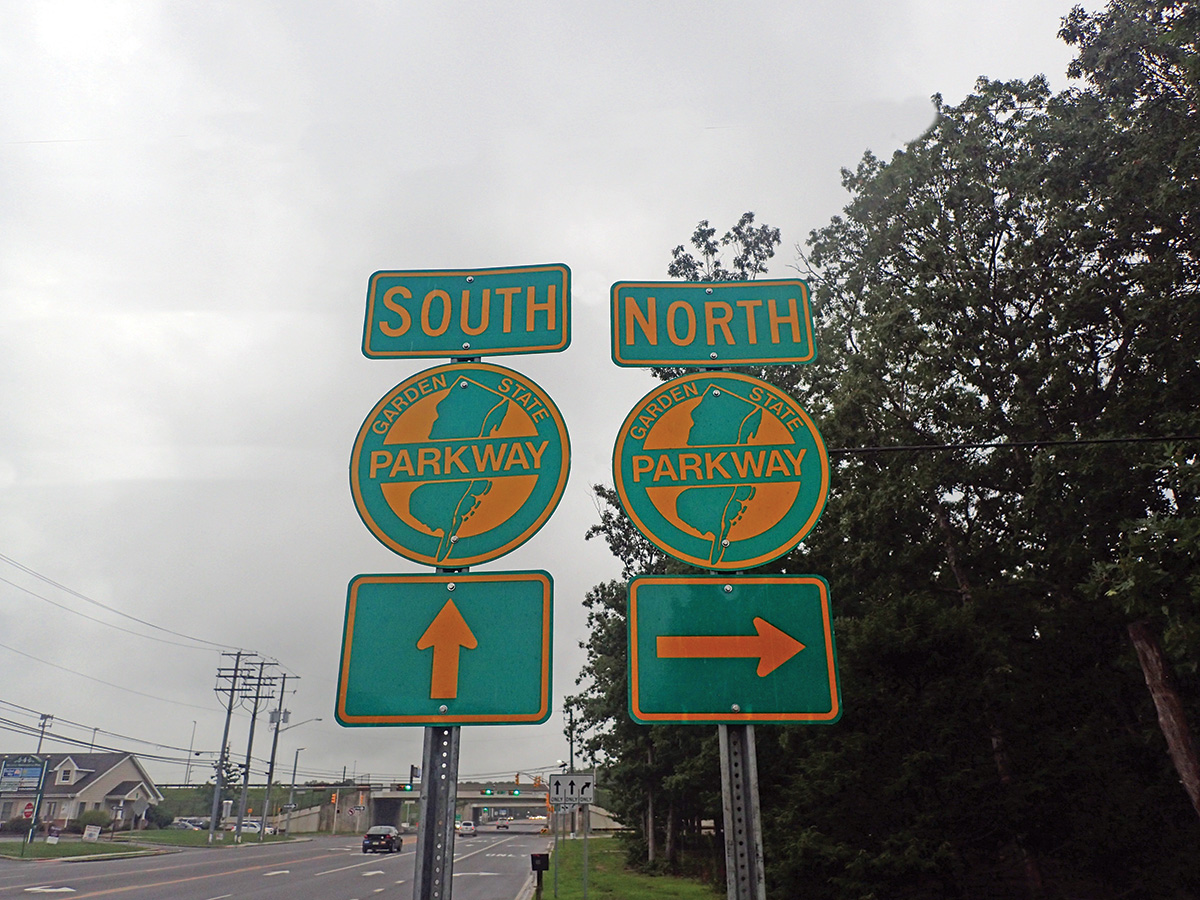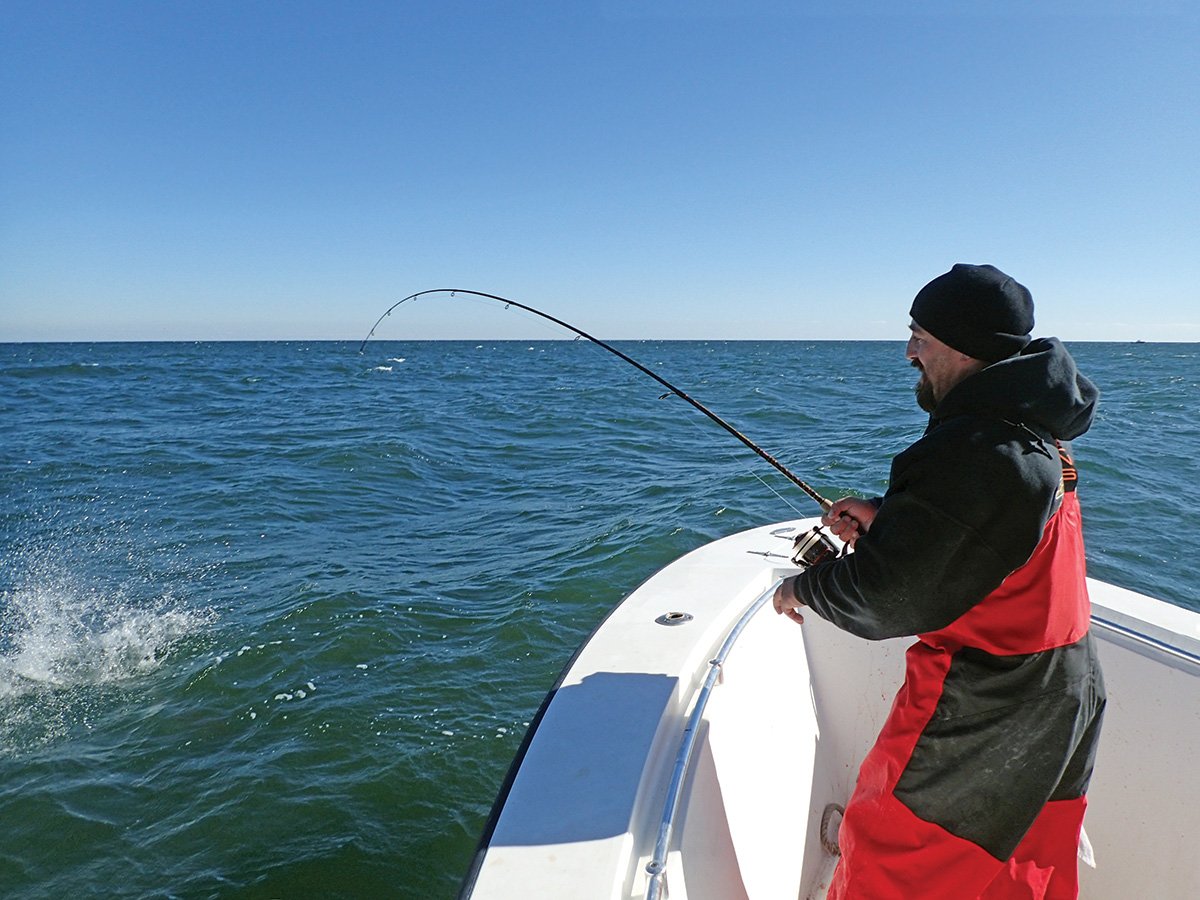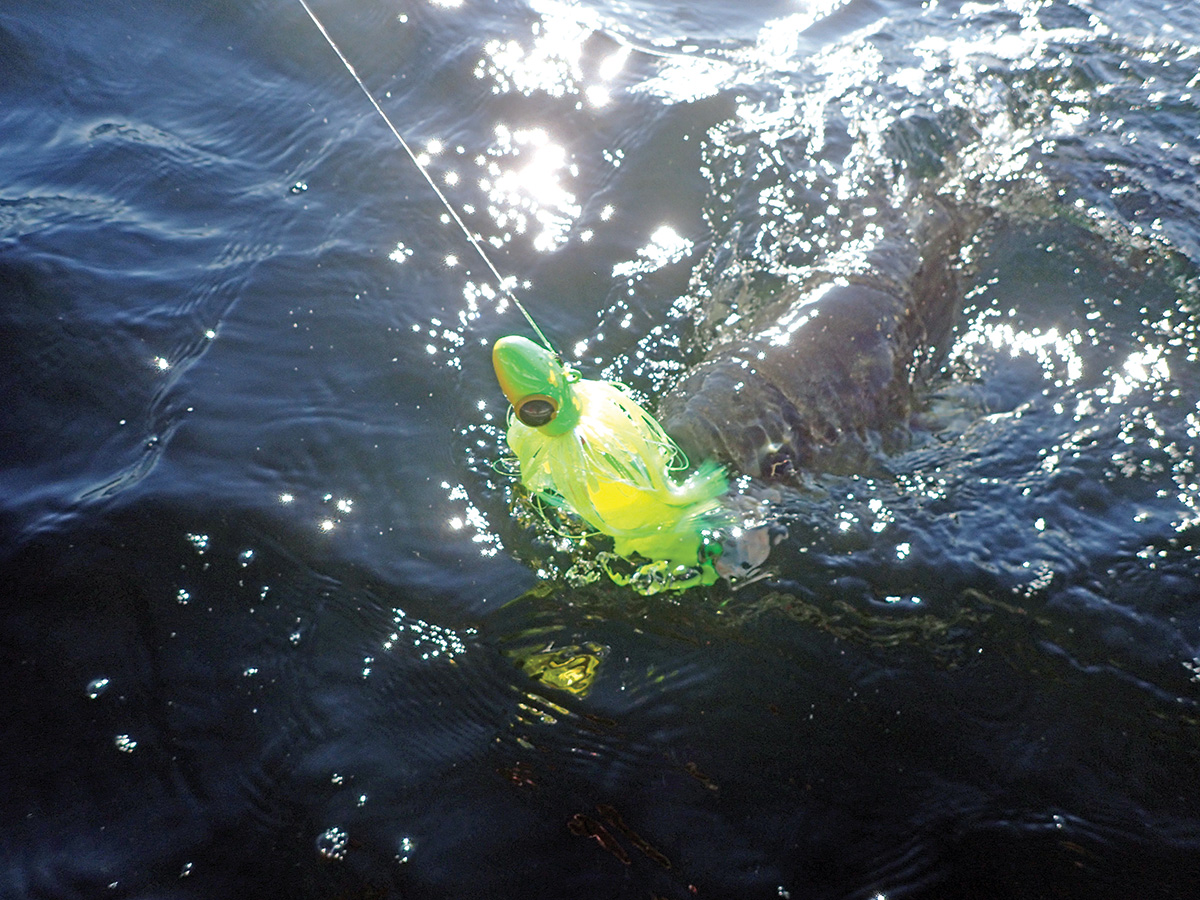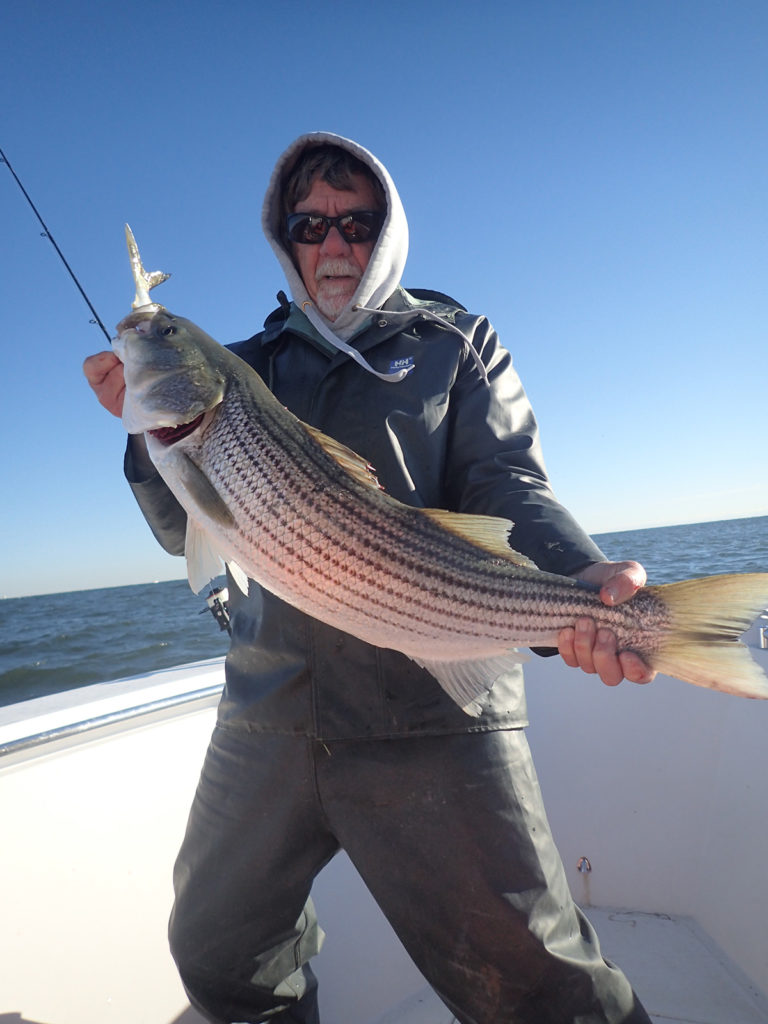
From the tip of Sandy Hook to the Point at Cape May lies approximately 126 miles of fertile fall fishing.
“The fish have to…”
When I hear these four words lead into a phrase, I instantly cringe. If there’s one thing that we all should know and have learned by now is that the striped bass, and fish in general, don’t have to do anything, because we anglers think they will based on previous seasons’ patterns.
Bass migrations and habits continue to change based on a wide variety of determining factors such as water temperature and forage presence to name only two. It does seem though that the bulk of the striped bass migration is arriving in our area much later than years and decades past. Furthermore, it seems clear that a large percentage of the striped bass are remaining in the ocean – perhaps with the exception of the Raritan Bay – as they swim toward the Mason Dixon line.
The stripers move in waves, both large and small in volume. For fishermen in the Garden State, there is simply no better way to maximize one’s autumn striped bass season than by utilizing the Garden State Parkway; it’s the Yellow Brick Road for those chasing coastal bass this fall.
For instance, I reside in Absecon, NJ and when striped bass boons don’t fall in the zone of Long Beach Island to Sea Isle where I access them from my local launching spot, I look to head out on the highway. Trailering from Absecon on the Parkway north with an average speed of 60 mph, I can be sitting at the boat ramps in Keyport and Atlantic Highlands in 1 hour and 45 minutes, Belmar in 1 hour 15 minutes, Manasquan 1 hour 15 minutes and Barnegat Light in 50 minutes.
Heading south from my residence, I’ve began in Sea Isle at times, which takes 40 minutes and then Cape May at 55 minutes. Unless there are unforeseen accidents on the Parkway, the reliable driving times help set my departure goal, which is often in the wee hours of the morning so we can be on the grounds for the pre and first light bite.
Each inlet along the coast has numerous launching ramps and facilities in a plethora of towns so anglers have to learn which works best for them. Some ramps aren’t open early in the morning and late in the evening, or they don’t work well for larger vessels at low water. Ramp research has to be completed before embarking on a trip.
I prefer to use ramps as close to the inlet as possible and skip the boat ride through the backwaters in the dark. Low tide, wind, fog, cold and other factors make using perhaps more expensive launches worth it to my crew.
Of course, after a hard day of trailering my boat to any of these locations, I sometimes ponder the obvious alternative method; charter boats and party boats can be secured when the bass are biting heavily in Monmouth or Ocean as opposed to Atlantic and Cape May counties (or vice versa). The most popular charter boats can be difficult on short notice, but there is usually a guide available if enough calls are made; a good start is to turn to the Report Section here in The Fisherman for a list of boats, and remember that you can substantially curb those drive times down without a boat in the rear view mirror.

Exits 125 to 91
Migratory striped bass trickle into New Jersey waters throughout September and October. These fish have a more silvery appearance and are often laced with sea lice as opposed to local stripers that never left the area. It’s the main thrust of the migration, however, that most anglers patiently await. They show up off Sandy Hook and enter the Raritan in fullest force in late October. Inside Raritan Bay, anglers liveline or chunk bunker to tally big numbers of fish while different skippers troll spoons and mojos to score. Clam is also a viable option in the bay.
Still other fishermen hunt for the birds in order to chuck oversized swim shads if the bass are on bunker and metals if they are feeding on sand eels. In recent years, the Raritan has been the hottest bay in the state for those not willing to fish the ocean. Every year is different, but this big bay has the capability of holding bass late into the fall if bait remains and water temperatures drop systematically slow.
In addition, monster bass will be cruising and blitzing the beaches from Sandy Hook to Manasquan Inlet starting later this month. Anglers can break out the poppers when the stripers are crashing and thrashing on the top. Or the simple snag and drop technique will provide the fun when the bass are rolling on the surface or when they are down deep. The waters off these beaches are deeper than that of South Jersey, and bass will feed closer to shore, which is convenient and legal (Remember that striped bass fishing is not permitted out past 3 miles.).
Exits 82 to 58
As the liveline bite subsides, many captains put out their trolling spread, which almost always includes bunker spoon rods, wire and #4 Tony Maja spoons in white and chartreuse. Even if the bunker pods are tight to the beach, it pays for anglers to head for deeper water 2 to 3 miles offshore where the bass swim after their morning blitzes subside. Here spoons pluck away huge stripers throughout the day between the surface melees.
There are a variety of reasons why stripers stay in one area or move south more readily. Menhaden, herring and sand eels can hold schools of bass in area for many weeks, or if that forage “dries up,” the bass may scoot south more quickly. Sometimes major coastal storms have no effect on the migration and in other instances anglers return to the identical grounds of hot action only to find the weather event sent the linesiders southbound. And bass also migrate on the moon phases. No matter what inlet I depart, I’m willing to search 20 miles north or south, seas permitting. Those with larger or more capable vessels expand their searches even south further.
The waters off Island Beach State Park to Long Beach Island have seen abundant bass showing up during the first week of November in more recent years. The exact same fishing systems as used in the northern waters take fish along these beaches. With striped bass still pounding away off Sandy Hook and now fish banging hard off places like Barnegat Light, Seaside and Ship Bottom, anglers have to choose where they want to fish. Some anglers want to prospect where the best blitzes are taking place; other fishermen study where the schools containing more giants are coming up; and still others choose the port that is the quickest for them to access.

Exits 38 to 00
With South Jersey anglers salivating as they impatiently stew in wait, they’ve been able to expect action to heat up near the end of the first week in November. So hopefully they jumped on the Parkway North during previous weeks in order enjoy the spoils existing a quick ride up the road. Waters off Brigantine to Sea Isle see their best action mid-November into December. The shallow, sandy, tapered beaches in the southern end of the state see less blitz action on top, generally speaking, thus it’s more of a snag and drop when using live bunker. Mojos have become king in South Jersey with their ease and effectiveness.
I prefer Bluewater Candy Lures mojos and regularly employ a spread that includes three tandem rigs, each with different weighted mojos. That way each section of the water column has a presentation. An example spread in 45 feet of water is a 24-ounce mojo, a 16-ounce mojo and an 8-ounce mojo – all with 3- to 4-ounce trailer mojos attached via three-way swivel. Anglers can toy with the colors, but should always have some white in the spread. I believe in trolling these in a range of 3 to 3.5 miles per hour. The “go as slow as possible” method of trolling has never worked for me or my trolling mentors.
Trolling at speeds that are too much of a crawl has been the reason many-a-boat hasn’t caught when dockside discussions take place. It’s important for South Jersey anglers to get on the grounds at dawn. Actually, I’d estimate that on 50 to 65 pecent of the days this is essential in order to get in on the best bite. The bass will feed inside the 3-mile line, but often push deep beyond the EEZ line as the morning marches on. Some days the bite is on inside the line all day, but it cannot be depended on so anglers should get out there early!
Waters off Cape May and just above have been tricky of late. The famed chunk and rips bite has been more fickle and unreliable and I’ve seen many of the most reputable charter captains as far north as Beach Haven during the run. Fish have not reached waters near Cape May captains’ boat slips till later in the month of November than they’d like so they’ve taken to running and gunning on the beach front with great success. Traveling north in the lowlight allows skippers to intercept schools of bass closer to home before they get up the coast.
My friends coming out of Cape May are always delighted when they plan to follow intel further up the beach and they run into pods of bass of Wildwood or Avalon! Indeed, chunk gear has been changed out for a pair of Tony Maja spoon rods and some mojos as these anglers search the waters adjacent to Cape May and Atlantic County.
The one thing we know is that there will, in fact, be a fall run of striped bass. How and where it shakes down best can change for certain. Understanding the run and how it progresses, plus a willingness to go where the fish are is the key to scoring.

| DELAWARE OUTLOOK – FIRST STATE FINESSE |
|---|
| Will the famed Cape May “rips” come alive with stripers this season? How about the return of the Veteran’s Day monster striper chunk bite at famed locations like Tussy’s, the Punk Grounds or 60 Foot Slough? See this month’s Hot Spot at the end of the local Fishing Reports as Eric Burnley highlights The Eights at the mouth of Delaware Bay, a perennial striper hot spot for those trolling, jigging and live eel fishing out of Delaware. |




